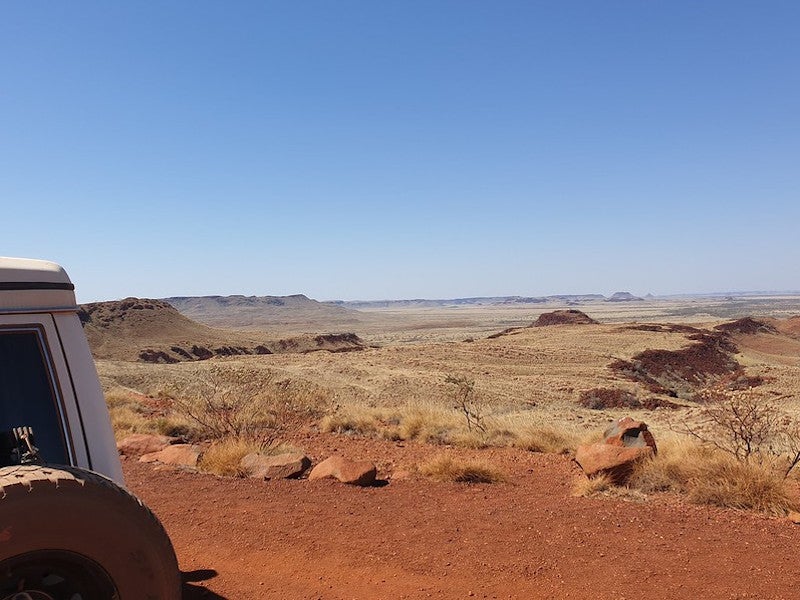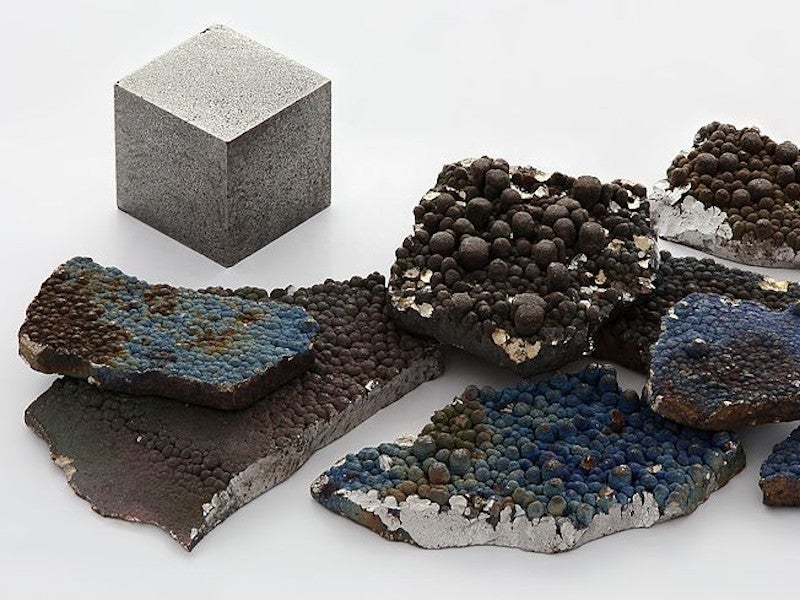The Butcherbird manganese project is an open-pit mining development located in the Pilbara region of Western Australia. Butcherbird is believed to host the biggest onshore manganese resource in Australia.
Element 25 is the 100% owner and developer of the property. The mining lease application for the mining tenement was lodged in February 2018 which was followed by a scoping study. A pre-feasibility study for the project was completed in May 2020.
The project is expected to produce 312,000 tonnes (t) of medium-grade manganese lumps a year over an estimated mine life of 42 years. The capital expenditure for the project is estimated to be approximately £130m (A$238m).
The construction works on the project are expected to be started in the fourth quarter of 2020 with the start of operation expected in 2021.
Project location and geology
The Butcherbird Manganese project is located in the southern Pilbara region of Western Australia, approximately 1,050km north of Perth and 130km south of Newman.
The project area comprises eight known manganese deposits spread over an area of approximately 600km2. The present mine development plan is based on the Yanneri Ridge manganese deposit.
The Butcherbird project is based on stratiform sedimentary manganese deposits hosted within a mostly flat-lying Ilgarari Formation. Mineralisation occurs in three primary ore zones namely, the high-grade manganiferous cap, the supergene enriched manganiferous laterite, and the basal shale.
Ore reserves
The Yanneri Ridge manganese deposit within the Butcherbird project area is estimated to hold 50.55 million tonnes (Mt) of proven and probable reserves grading 10.3% manganese, and containing 5.21Mt of manganese and 4.28Mt of recoverable magnesium.
Mining methods
Butcherbird will be a traditional open-pit mining operation without involving drilling and blasting. It will be a simple low-cost mining operation utilising the tabular geometry of the mineralisation at the Yanneri Ridge deposit.
The ore extraction will be carried out with loaders in 1-2m benches, and a mobile-crusher with a grizzly feeder. The overall strip ratio is estimated to be 0.35:1. Ore will be cross ripped with a bulldozer prior to mining in order to enable the loaders to operate more efficiently.
Excavators will be used to load haul trucks in areas where tramming distances become excessive.
Ore processing
The crushed ore material from the mine site will be transported to a rotary scrubber to remove aggregate materials from the ore. The washed ore from the scrubber will undergo screening and rapid leaching to extract approximately 95% of the manganese to produce a 90% pure manganese solution.
The pregnant leach solution will be further purified and put through a crystalliser to produce high purity manganese sulphate for use in lithium-ion battery cathodes. Part of the solution will also be put through an electrolysis plant to produce electrolytic manganese metal.
The final manganese lump product will be trucked to the Utah Point at Port Hedland for export.
Infrastructure facilities
The Butcherbird project site is accessible directly from the Great Northern Highway through a 1.3km long purpose-built access road.
The water required for various project operations will be sourced from bores located within the nearby tenements owned by Element 25. A paleochannel located approximately 3km southeast of the project area is being explored as a potential source of groundwater for mining and processing use.
Temporary accommodation will be established in the nearby offsite area to facilitate construction works while a permanent accommodation village will be considered once the project is fully operational.
The electricity requirement for the operation will be met through diesel generators.
Consultants involved
Peter O’Bryan and Associates were responsible for the open pit geotechnical review during the preliminary feasibility study for the project.
Mining Solutions was responsible for project management, mine engineering, and financial modelling.
IHC Robbins provided the updated mineral resource estimate for the project.





